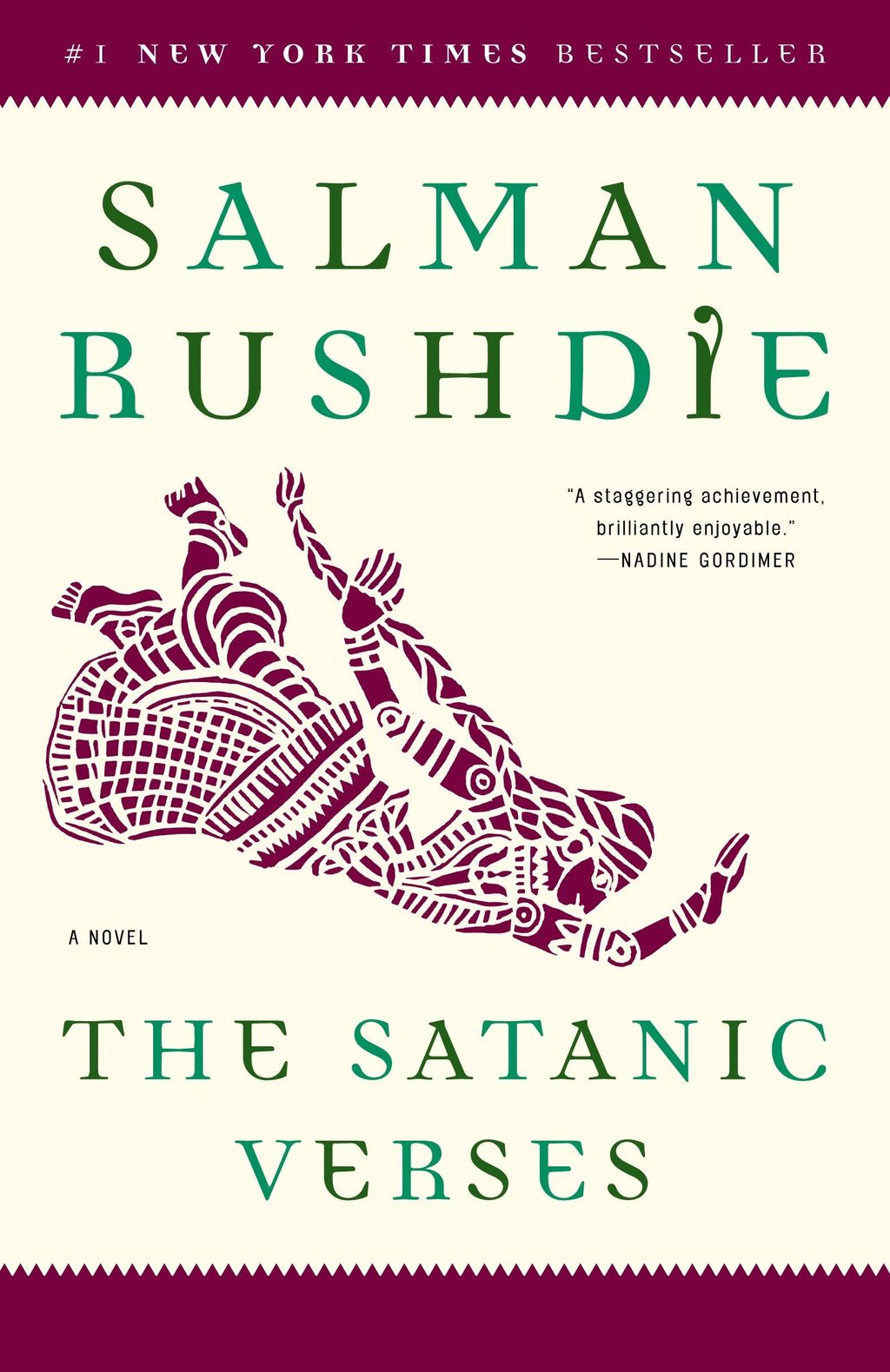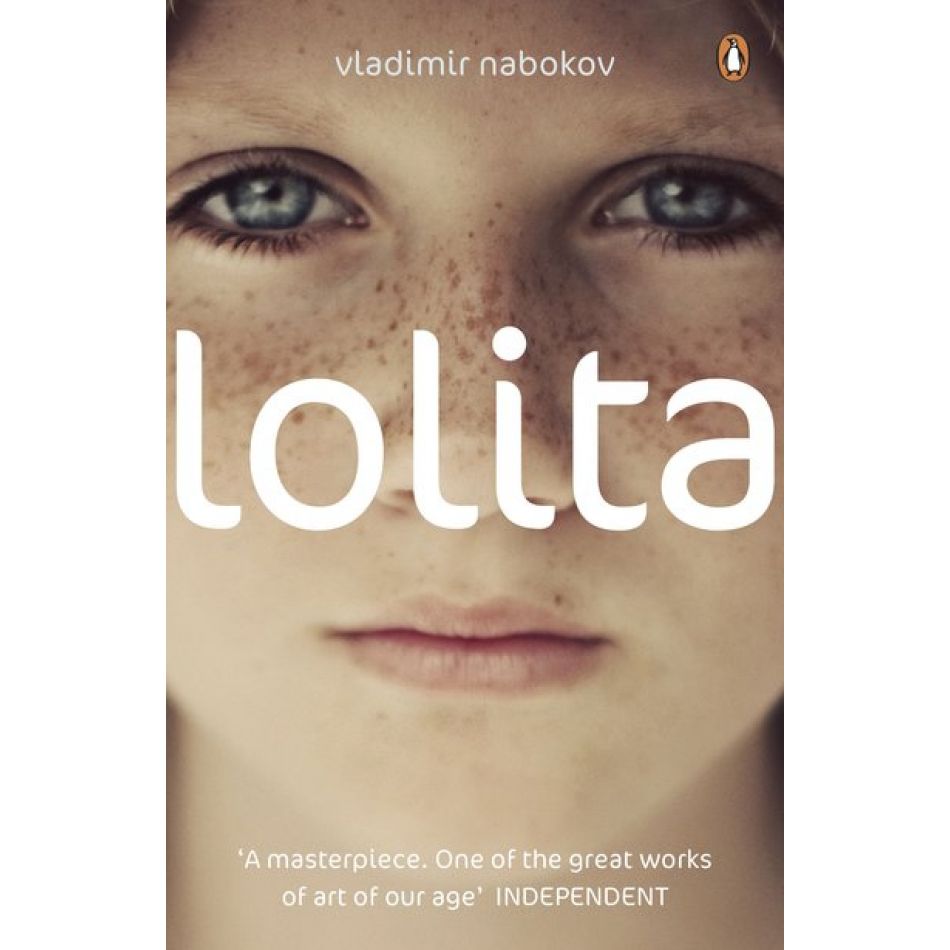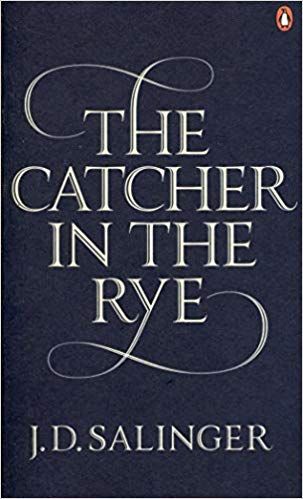Beware Of The Book That You Read!
Jun 01, 2019 • 39 views
~Dedicated to my friend Kirti for suggesting this really thought-provoking subject! 😁~
Is the book you’re reading currently making you think a lot about your society, nationality, your government, or your sex, caste or religion? Is it making you think in ways you’ve never thought before, or question the existing societal norms?
Then beware, it might very well be banned, or if not, then it could be censored soon!
Banning books across countries and languages isn’t a recent practice by any means. Since the time people began to write for the first time to express their thoughts and opinions, restrictions have been placed on them by more powerful entities like an organization, a religious sect, or a government, or maybe even governments of more than one country!
And we don’t even need to go that far—even today in parts of countries like the United States, books in the school curriculum are ‘banned’ (removed) or replaced by other titles just because of the influence of none other than parents on the administration!
Such censorship is mostly not well-grounded at all, especially when we see today the kind of books that were banned in the last century or before.
Why the difference? Because today people are increasingly aware of their rights and their freedom to express their opinion, and in many ways, thoughts are slowly becoming more progressive in the right sense of the word, as old superstitious, conventional beliefs are making way to modern, rational ones.
So, let’s take a look at four such books that were (or still are) banned across the globe, for reasons ranging from bizarre to outdated.
1. The Satanic Verses by Salman Rushdie
First published: 1988
Current status: Illegal to import to/own in India. E-copies may be obtainable.

Image credit: amazon.com
If you’ve ever studied the history of English literature, or even of England, you would remember Martin Luther, the German professor, and his 95 Theses, a text he posted on the door of the Wittenberg Castle in Germany in opposition to some of the Church’s unfair practices and which led, eventually, to its ban.
But what happened with Rushdie’s The Satanic Verses was even horrible—a death warrant was issued against the author by none other than Iran’s supreme leader of the time, who urged Muslims to kill the author, and consequently the Indian-born British author had to go in hiding for almost a decade. With Iran’s new government in 1998, though, the fatwa was lifted but the author continues to receive death threats to this day.
Wondering what was so blasphemous in the book?
It was actually a fictional retelling of the birth of Islam, in the form of dream sequences, of a character named Gibreel, the namesake of the angel in the Quran, who recited God’s words to Prophet Muhammad (who is named Mahound in the book, which some see as the reference to the name Christians malignantly used during the Middle Ages for Muhammad). Only here, Mahound delivers edicts to his followers, altering Gibreel’s words, to serve his purpose instead.
The features of the Quran that Rushdie actually attacks are the sexist and self-serving views of Mahound, but even if it was true, Salman argues, religious texts should be open to challenges and debates at all times.
What do you think? And despite everything, do you think that the followers of the religious leader had the right to attack the author when they hadn’t even read the book? In fact, that is the case with most “blasphemous” books. The 1933 Angarey controversy of India provides a similar example.
2. Lolita by Vladimir Nabokov
First published: 1955
Current status: Available online at Amazon.

Image credit: elephantbookstore.com
This novel, by a Russian-born American author whose initial works were in Russian itself, is about paedophilia—the sexual obsession of adults with children. Even though the narration is such that it may look like the author is sympathising with the twisted nature of middle-aged professor Humbert who is obsessed with twelve year old Dolores so much that he kidnaps her, injures her, drugs her and even keeps from her the news of her mother’s death for three years, all because he is ”in love”, in reality the author is just trying to show the illogical chain of thoughts inside the mind of a paedophile, and question the way such men think of children. The apparently erotic passages are very few and far between, and the book is more of a bitter satire on American values.
This, however, didn’t stop countries like Britain, France, Argentina and New Zealand from placing a ban on it, terming the subject as “controversial”, although today, it might just be an eye-opener for many people.
3. All Quiet on the Western Front by Erich Maria Remarque
First published: 1928
Current status: Available at Amazon.

Image credit: amazon.co.uk
Written by a German veteran of the First World War, the book highlights the wartime horrors in a story outlining the hopes and fears of a nineteen year old soldier Paul Bäumer, who begins enthusiastic and determined like all his classmates who are encouraged by their school teacher to sign up for the war, but whose idealistic vision is shattered as the first bombs fall in the trenches. Struggling with disillusionment, hopelessness and realizing the meaninglessness of the same generation being pitched against each other just because of the difference in their uniforms, Paul vows to fight against it all if he can just come out alive.
Of course, like that was reason enough for it to land into the infamous, ceremonial book-burnings conducted by the German Nazi students as a campaign against “unpatriotic” writers including Jewish, religious, anarchist or communist ones—basically anything that flowed in opposition to the Nazi current, even though Erich’s sole intention remained only to showcase how war destroyed the lives of even those young men who survived it.
4. The Catcher in the Rye by J.D. Salinger
First published: 1951
Current Status: Readily available anywhere in India.

Image credit: amazon.in
This book is one big controversy itself, with half the schools in the U.S. banning it and the other half, teaching it as a classic.
So, what’s it all about? Well, the book traces the story of sixteen year old Holden Caulfield, who faces some deep psychological issues and is generally the picture of an angry rebellious young teenager, with a vulgar vocabulary and language, “blasphemous” views, and his alcohol and cigarette abuse. His adventures through New York City also reveal the disastrous emotional effects his expulsion from school and the journey of his self-discovery have on him.
For some parents, exposing their children to this book could be “unacceptable”, but the truth is, if teenagers are kept away from things they should know about, a study, in fact, of their own complexity, then they will naturally become even more rebellious to get their hands on it.
Today, it is considered a must-read by the majority of the world’s population.
Sources:
http://www.mountholyokenews.com/oped/2018/10/7/lolita-should-not-be-banned-despite-its-skewed-cultural-impact
https://theculturetrip.com/north-america/articles/the-12-most-famous-banned-books-of-all-time/#
https://sflc.in/read-me-not-list-banned-books-india
https://www.teenink.com/nonfiction/academic/article/512353/Who-Banned-Catcher-in-the-Rye-and-Why/
www.goodreads.com
Thumbnail Image credit: ui-ex.com
